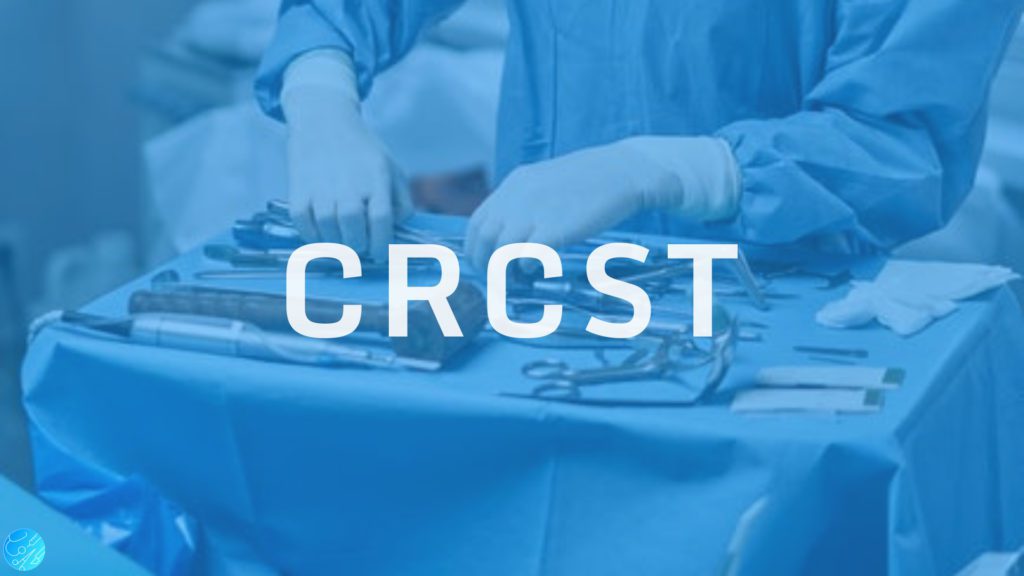The best tips for becoming a sterile processing technician!
What is Sterile Processing and why is it important of sterile processing in healthcare?
Sterile processing is an important part of the healthcare/medical process that helps to prevent the spread of infection. It is essential that all medical equipment and supplies are properly sterilized to prevent the spread of infections inside or outside the operating room. Sterile processing can also help to ensure the quality of care provided to patients. It is very important to remember that any healthcare provider who handles any type of medical equipment or supplies should follow proper sterilization procedures.
The importance of sterile processing cannot be overstated. Sterile processing is the process of eliminating all potential sources of contamination. This process is essential to the safety of patients and the quality of medical products.
Sterile processing is also crucial to the prevention of cross-contamination. Cross-contamination is the transfer of microorganisms from one surface or object to another. Cross-contamination can also occur when patients are treated, when medical products are stored, or when they are transported.
Cross-contamination can lead to serious health complications, including infection, sepsis, disease, and even death. In fact, cross-contamination is responsible for approximately one-third of all healthcare-associated infections.
Necessary steps
Becoming a sterile processing technician is a challenging but rewarding career choice. There are a variety of steps you can take to get started, including attending a trade school and gaining experience in a sterile processing department. Once you have the necessary qualifications, you can look for a position in a hospital. Here are some tips to get you started:
First, get a certificate of completion and the CRCST Certification. Sterile processing is a demanding career, and you’ll need to have the skills to carry out the tasks required. A certificate of completion and CRCST Certification are necessary to understand the basic requirements.
Second, gain experience in the sterile processing department. Sterile processing is a complex and challenging field, and it will help if you have experience working with sterile equipment and processes. You can gain experience by working in a sterile processing department. HSPA requires students complete 400 hours of hands-on training “externship” to become fully certified.
Third, network, apply, and find a job opportunity. Working with experienced teams to help build your resume, practice interview skills, and discuss what managers are looking for in qualified candidates, will help acquire employment. Sterile processing is a competitive field, and you’ll need to network.
Education and training
There are many schools and training programs that offer classes or courses in sterile processing. These programs can provide students with the skills they need to work in the medical industry. These programs teach students the fundamentals, policies, equipment, and procedures.
The best way to learn about sterile processing is to attend a training program, class, or online course. There are many options available, and each offers a unique set of features. It is important to find a program to help overcome the obstacles one might face when seeking certification. Programs should help with education, externship, and career guidance.
Skills and abilities
To be a sterile processing technician, you’ll need to have strong critical thinking and problem-solving skills. You’ll also need to be able to work quickly and efficiently in a high-paced (sometimes stressful) environment. In addition, you’ll need to have a good knowledge of sterile processing procedures, policies, and equipment.
The sterile processing worker is responsible for the safe and effective processing of medical devices. This includes the following:
– Preparation of devices for sterilization
– Monitoring of devices during sterilization
– Removing devices from the sterilizer
– Checking devices for sterilization
– maintaining equipment used in sterilization
Certification Benefits
There are many benefits to becoming a certified sterile processing technician. Some of the benefits include:
1. Increased job security.
2. Increased pay rates.
3. Increased chances for promotion.
4. Increased skills and knowledge.
5. Increased ability to work independently.
6. Increased ability to work in a team environment.
7. Increased ability to work with other departments.
8. Increased ability to work in a fast-paced environment.
9. Increased ability to work with hazardous materials.
10. Increased ability to work with patients.
Conclusion
A career in sterile processing can offer you a variety of opportunities in the medical industry. Sterile processing is a critical component of many medical procedures and can include tasks such as but not limited to: cleaning and sanitizing medical equipment, testing, and packaging medical supplies, and manufacturing sterile medical devices.
The medical industry is growing rapidly, and there are many opportunities for those who have a certificate in sterile processing. Many hospitals and clinics are now requiring employees to have certificates in sterile processing, and there are many opportunities for those who are interested in this rewarding field.
If you are interested in a career in sterile processing, there are a few things you should keep in mind. First, you will need a CRCST certificate. Second, you will need good attention to detail and a willingness to work hard while completing your hands-on training. Third, you will need good physical stamina and the ability to work in a fast-paced environment. Finally, you will need good communication and problem-solving skills, and the ability to present that information to possible employers.
Central Sterilization Solutions continues to identify and provide solutions for those looking to become certified sterile processing technicians. Our 3-step process, education, hands-on support, and career guidance have helped hundreds of students find careers and improve the safety of the patient care process.
Learn more about our CRCST Courses: Here
Created by:






